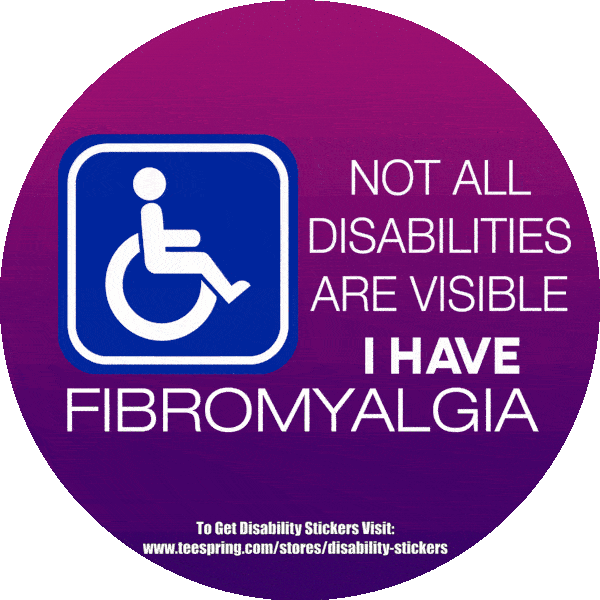Hot water has been used for thousands of years and throughout far apart cultures and locations as a treatment for musculoskeletal aches and pains. Distinct sites endowed with unique physical and chemical qualities have attracted the attention of individuals suffering from a broad spectrum of problems traditionally clustered under the title of “rheumatism” as well as for social, ritual and recreational purposes.
While the precise mechanisms underlying the capacity of warm water to sooth and heal remains incompletely understood, the mass and diversity of documentation regarding these forms of therapy seem to make it self-evident that therapeutic merit does exist. On the other hand, making evidence-based recommendations remains challenging in a field where treatments are so diverse and lacking in standardization.
Bathing in hot springs or mineral baths
The treatment of ailments with bathing in hot springs or mineral baths has been popular for thousands of years. The ancient Greeks and Romans used this therapy, and they had whole cities dedicated to the therapeutic use of bathing. The popularity of this therapy fell with the Roman Empire, but it regained attention in the Victorian era. This treatment has remained popular in Japan, parts of Europe, and the Middle East, and those are the places that have started the trend of research of Balneotherapy for the treatment of various ailments, including Fibromyalgia.
Balneotherapy as an alternative treatment
Balneotherapy has been extensively applied for the treatment of painful rheumatic disorders, such as osteoarthritis, gout and rheumatoid arthritis. Fibromyalgia is a debilitating condition of almost unknown etiology and pathogenesis, characterized by chronic widespread pain and tenderness.
Let put this on our cars and spread Fibromyalgia Awareness
– Click Here to get Yours Fibromyalgia Disability Sticker for you Car
Currently, no pharmacological treatment for fibromyalgia is consistently effective. Due to the complexity of this condition and the poor response to pharmacological treatments, patients often search for complementary or alternative therapies. While the precise soothing and healing mechanisms of warm water are still not fully understood, the application of balneotherapy to complement the treatment of fibromyalgia can be an effective solution.
What is Balneotherapy?
Balneotherapy is a type of spa therapy, which has been used by humans for thousands of years, including the ancient Greeks and Romans, to treat diseases naturally. Not to be confused with hydrotherapy, balneotherapy is a form of therapeutic bathing whereby the restorative properties of water are used to rejuvenate the body.
In the past, there have been many studies to showcase how balneotherapy can provide pain relief in fibromyalgia patients. Over the years, there have been many studies to determine whether or not balneotherapy is successful in reducing pain for fibromyalgia sufferers. Many of the results were positive, showing that this type of therapy can definitely play a part in reducing pain, tenderness, depression and anxiety, while increasing a patient’s quality of life.
Balneotherapy Benefits Fibromyalgia Patients
New research shows balneotherapy improves respiration and pain symptoms among fibromyalgia patients. Fifty-six patients were randomized into three groups. One group received physical therapy modalities plus balneotherapy; one group received only physical therapy modalities; and one group received physical therapy modalities plus hydrotherapy.
All groups were treated for three weeks and in the same season, and all patients were assessed at four time points: at baseline, on the seventh day of therapy, at the end of therapy, and at the six months after the end of therapy, the abstract noted, and the effectiveness of treatments in all groups were evaluated in three main categories: pain, depressive and respiratory symptoms.
All three groups experienced improvement in symptoms, and the balneotherapy group experienced the greatest improvements in respiration. “Our results suggest that supplementation of [physical therapy modalities] with balneotherapy is effective on the respiratory and other symptoms of [fibromyalgia syndrome] and these effects were better than other protocols at six-month follow up,” the researchers noted.
Application of water for medicinal purposes
Water is the essence of life. Humans, like other life forms, are absolutely dependent on the constant availability of water, and human civilization has necessarily developed alongside fresh water sources. Not surprisingly, ever since antiquity, water has been given an important place in human culture, religion and recreation.
Water has been ascribed the spiritual and moral aspect of cleansing (the body and presumably the soul as well) and as such has also been expected to possess the capacity to purify, correct, and cure. Thus, the application of water for medicinal purposes dates back to ancient times and is found in diverse and far-reaching cultures around the globe.
Balneotherapy vs. Hydrotherapy
Balneotherapy is distinctly different that hydrotherapy. Hydrotherapy is similar to physical therapy in water that utilizes the buoyancy and resistance that the water provides to help increase range of motion and strength.
Balneotherapy has a higher focus on the temperature and mineral content of the water for the analgesic and relaxation effects of the bath. Common minerals that are added to the water in this therapy are salt, sulfur, and magnesium, to soothe and help with relaxation, but traditionally it uses natural sources of hot mineral water for the treatment.
Conclusion
The integration of nonpharmacological interventions in the management of fibromyalgia has been gaining significant recognition. Balneotherapy offers effective treatment methods that can be adapted to the abilities and preferences of each patient, without showing significant side effects.
Balneotherapy for fibromyalgia cannot substitute conventional therapy, but can represent a complementary approach or an alternative for patients who do not tolerate pharmacological treatments. Depending on the kind of balneotherapy, there may or may not be a therapist present throughout the duration of your session.
Some treatments may also involve massage during the bathing stage. Typically, balneotherapy sessions last around 20 to 25 minutes, however, this time can be more or less depending on the treatment you are receiving.
Lets Wear Purple for Fibromyalgia Awareness
References:
- Is Balneotherapy an Effective Treatment for Fibro? by james peglar via Fibromyalgia Treating


